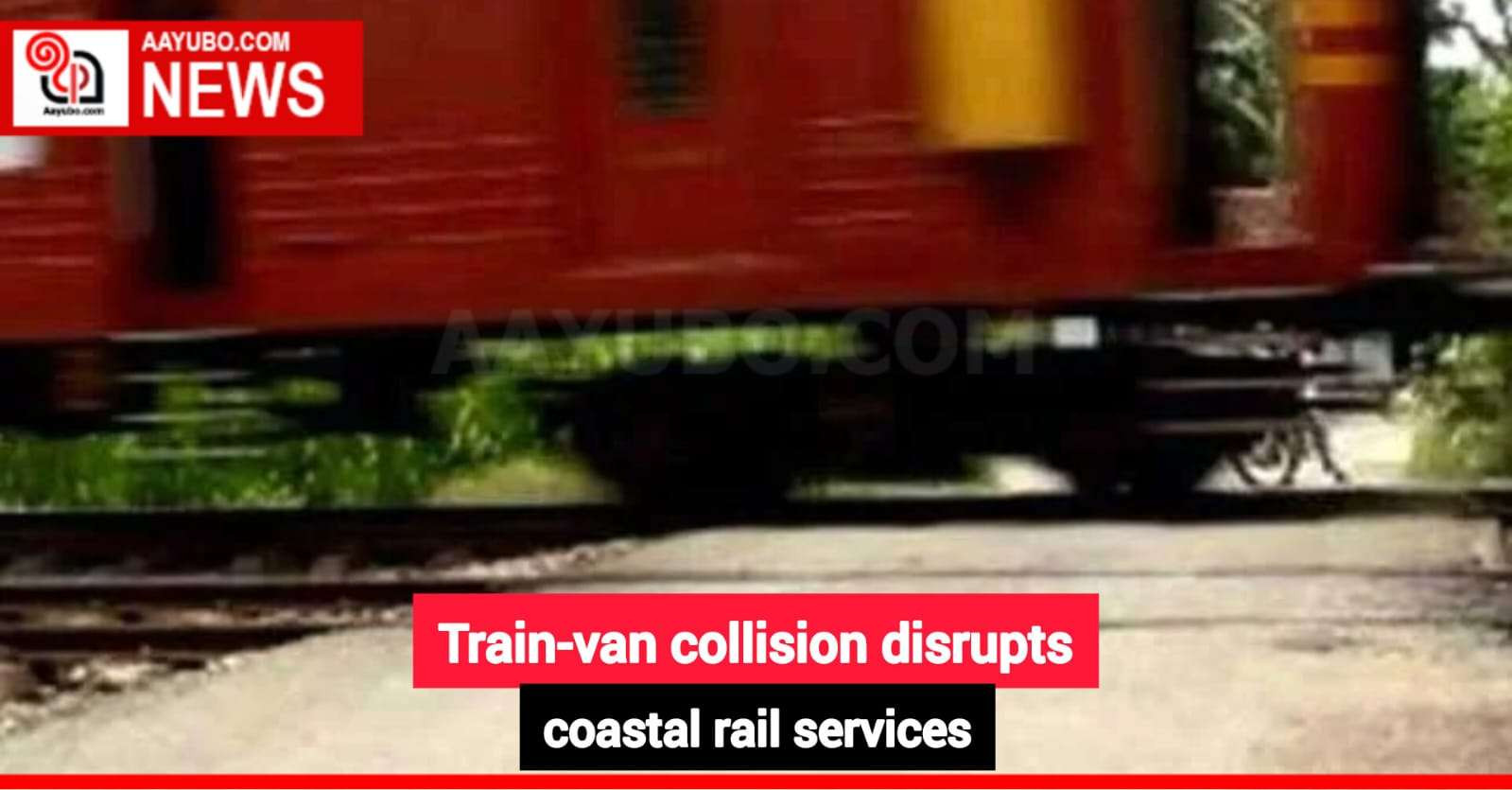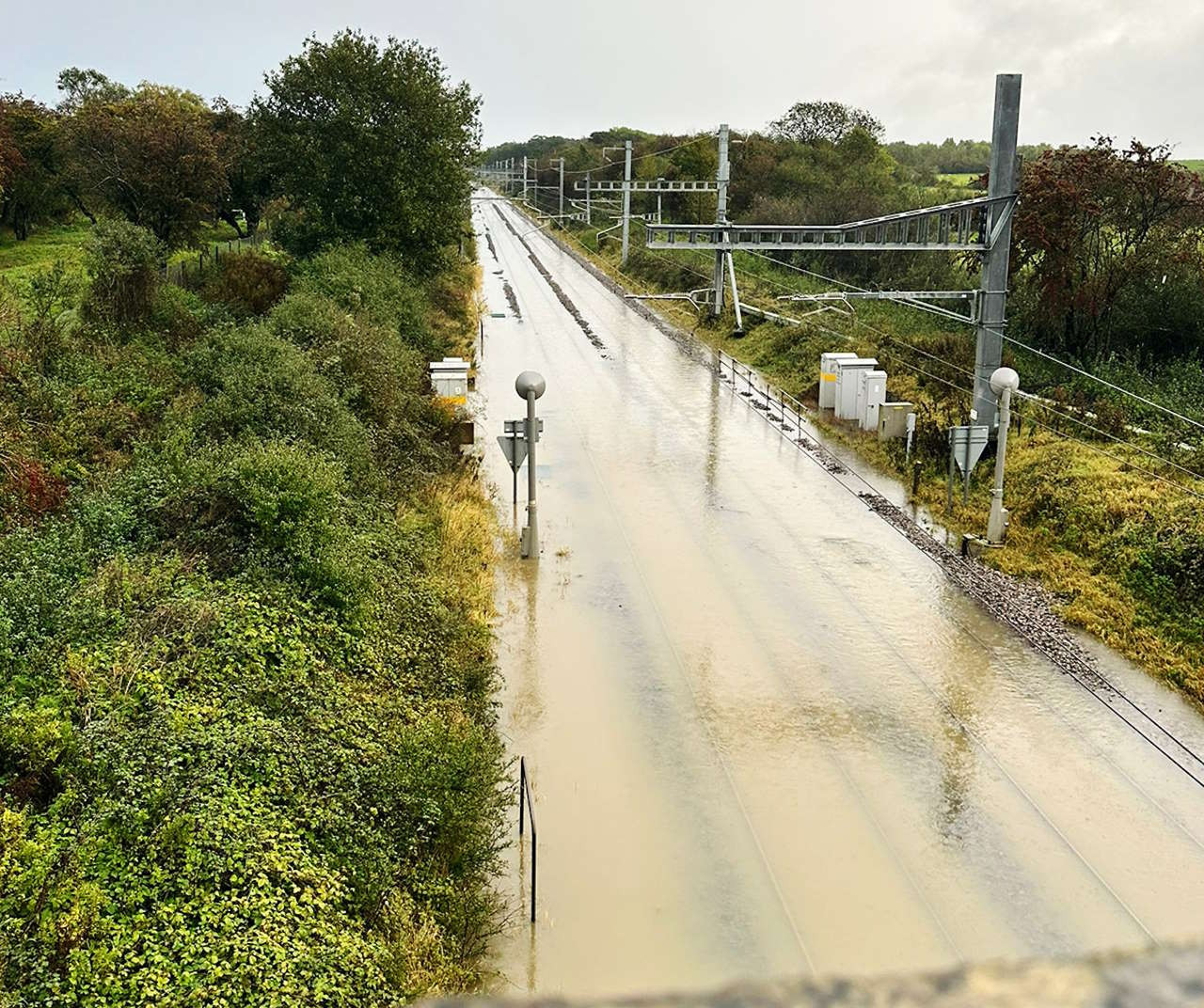A railway line linking Kent and East Sussex has fully reopened after heavy flooding caused a signal failure. The line between London and Hastings via Tunbridge Wells had a reduced service, with one train operating per hour, after a track circuit failure was detected on Monday morning at Wadhurst. Repairs were attempted on Monday afternoon and overnight into Tuesday, but they were both unsuccessful, Southeastern said on X, formerly Twitter. However, train services returned to normal in the area on Wednesday after repairs were successfully completed on Tuesday night. Passengers were advised that they could use their tickets at no extra cost on some Southern, London Underground and Southeastern highspeed services during the disruption.
Impact on Services
The flooding led to a disruption of train services on the line between Tunbridge Wells and Hastings. This disruption persisted for several hours, with a reduced service operating at one train per hour. The signaling issue also affected train services traveling between Tonbridge and Hastings. Passengers experienced significant delays due to these disruptions. The disruption on the Hastings line continued into the following day, Tuesday, with Southeastern confirming that journeys along the Hastings line would be altered for the remainder of the day. The flooding also led to the closure of an M25 slip road, highlighting the widespread impact of the heavy rainfall.
Repair Efforts
Engineers worked tirelessly to repair the signaling system at Wadhurst. Repairs were initially attempted on Monday afternoon, but they were unsuccessful. Further repair attempts were made overnight into Tuesday, but they also proved unsuccessful. Network Rail engineers were unable to complete full repairs to part of the signaling system around Wadhurst overnight, National Rail said. Southeastern Railway said an hourly train service would run between Hastings and Tonbridge all day on Tuesday. The operator said it was unable to run a full service on the Hastings line and that disruption was expected until the end of the day. Ultimately, the repairs were successfully completed on Tuesday night, restoring normal train services on Wednesday.
Travelers' Experiences
During the disruption, passengers faced inconvenience and delays. They were advised that they could use their tickets at no extra cost on some Southern, London Underground and Southeastern highspeed services. Passengers traveling between Tonbridge and Hastings were experiencing delays. Replacement buses were scheduled to run between Tunbridge Wells and Hastings, leaving at 11.45pm and 12.50am. Passengers were advised to check before traveling HERE.
The Aftermath
While train services have now returned to normal, the incident serves as a reminder of the potential impact of heavy rain on infrastructure. The flooding caused by the heavy rain resulted in traffic disruption across the south-east of England, highlighting the need for robust measures to mitigate the impact of extreme weather events. The flooding caused a number of problems for railway infrastructure. If water is fast-moving, it can dislodge the ballast which supports the track. Ballast is the term we use for the small granite stones which you see under the rails. As ballast is used to ensure the railway track has a stable base, it's important that it's in a safe condition. There are also potential issues for the electric third rail which powers many of our trains, as well as the signalling system. To help reduce disruption caused by flooding, we work with Network Rail to ensure pumps and flood barriers are in place, and we also jointly plan for the impact of severe weather. Our control room staff monitor reports of excess water and ensure staff are sent to deal with this is as quickly as possible.
Moving Forward
The incident underscores the need for infrastructure resilience in the face of increasingly frequent and intense weather events. This incident also highlights the importance of timely and transparent communication during service disruptions, ensuring passengers are informed about alternative travel options and potential delays. This incident serves as a reminder of the significant impact that extreme weather events can have on transportation infrastructure and the importance of effective planning and response strategies.
Lessons Learned
The disruption caused by the flooding underscores the need for infrastructure resilience in the face of increasingly frequent and intense weather events. Investment in flood mitigation measures and infrastructure upgrades can help to minimize the impact of future disruptions. This incident also highlights the importance of timely and transparent communication during service disruptions. Keeping passengers informed about alternative travel options and potential delays is crucial for minimizing inconvenience and ensuring public safety. By learning from past incidents and implementing proactive measures, rail operators can strive to ensure a more resilient and reliable transportation network for the future.


















